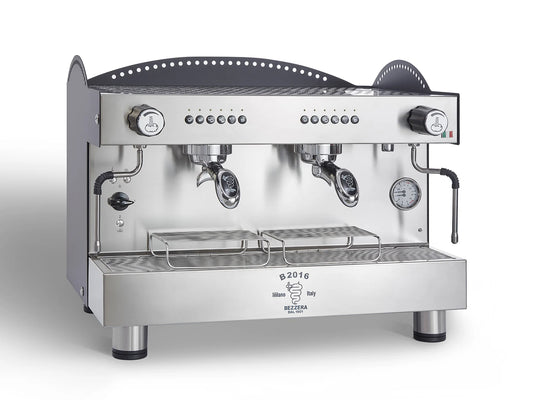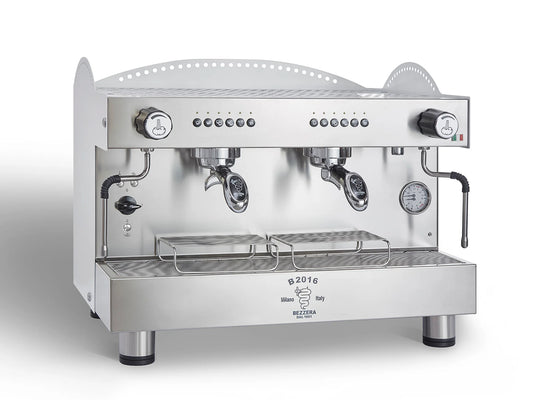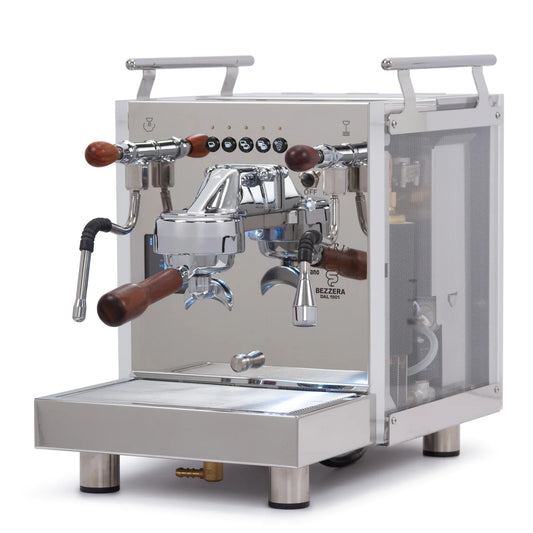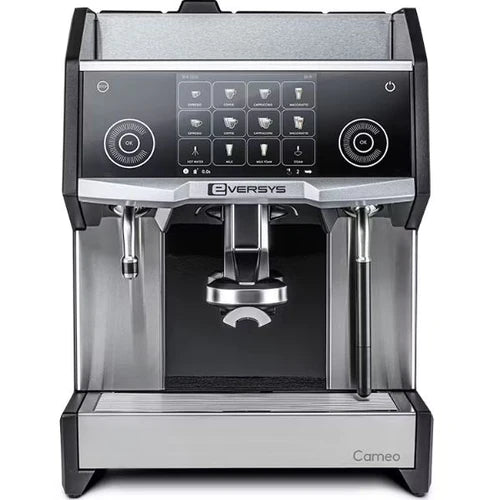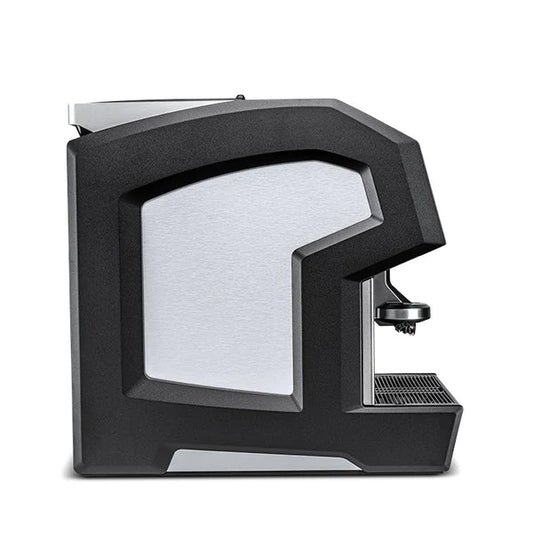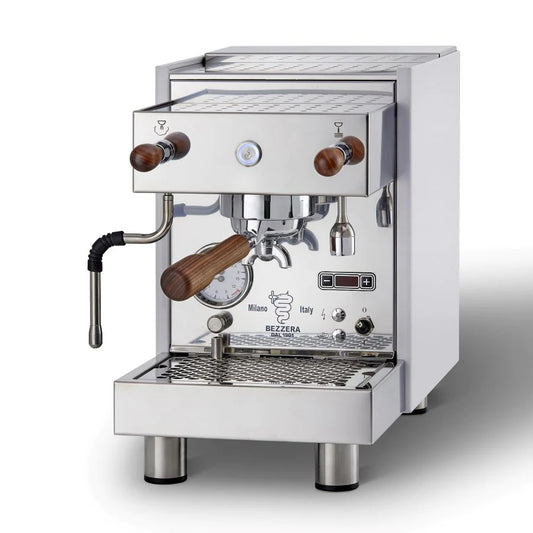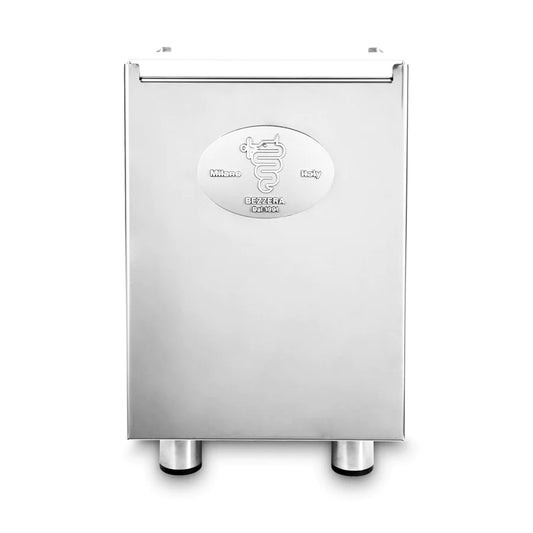The Essential Guide to Choosing the Perfect Coffee Bean Grinder for a Flawless Brew
Table of Contents
- Key Highlights:
- Introduction
- Understanding Grinder Types
- Grind Size and Brew Method
- Capacity and Speed
- Consistency Matters
- Budgeting for Quality
- Choosing the Right Grinder for Your Needs
- Real-World Impacts of Quality Grinders
- Environmental Considerations
- The Journey to Coffee Mastery
- Conclusion
- FAQ
Key Highlights:
- Types of Grinders: Understand the differences between blade and burr grinders, and why burr grinders are often favored for their consistency.
- Grind Size Matters: Tailoring the grind size to your brewing method influences extraction and flavor—coarse for French press, fine for espresso.
- Capacity and Consistency: Choosing the right capacity and ensuring consistent grind sizes are crucial to maximizing your coffee experience.
Introduction
For enthusiasts and casual drinkers alike, the pursuit of the perfect cup of coffee often begins at the grinder. The choice of grinder can dramatically influence not only the aroma but also the flavor and overall satisfaction derived from your brew. While many might overlook this crucial tool, understanding the nuances of coffee grinders unlocks the potential for an elevated coffee experience. This guide explores the essential factors to consider when selecting a coffee grinder, offering insights into types, performance, and more, ensuring you can make an informed choice that fits with your brewing style.
Understanding Grinder Types
The foundation of a great coffee experience lies in understanding the two primary types of grinders: blade grinders and burr grinders.
Blade Grinders
Blade grinders are straightforward, featuring a spinning blade that chops beans into various sizes. They tend to be more budget-friendly and are accessible for the average coffee drinker. However, the inconsistency of the grind size can lead to uneven extraction, impacting the final flavor of the coffee. The quicker grind time does not compensate for the potential drawbacks concerning taste harmony.
Burr Grinders
On the other hand, burr grinders operate by crushing the beans between two surfaces, yielding a uniform grind size that significantly enhances coffee quality. Available in two types—flat burrs and conical burrs—each design offers its own set of benefits. Burr grinders provide greater control over grind size and are the favorite among purists, enabling precise adjustments for any brewing method. The initial investment might be higher, but the payoff in quality makes burr grinders a worthwhile consideration.
Grind Size and Brew Method
Matching the grind size to your chosen brewing method can be a game-changer for your coffee. Each method has its required grind size, affecting the extraction process.
Coarse Grind
Coarse grinds are typically used in French press and cold brew preparations. The larger particles allow for longer steeping times, offering a rich flavor without over-extracting the coffee's bitter notes.
Medium Grind
For drip coffee makers and methods like the AeroPress, a medium grind strikes the right balance. It allows for an optimal extraction rate, delivering a well-rounded cup suitable for everyday consumption.
Fine Grind
Espresso requires a fine grind to produce an intense flavor and creamy texture. In this method, consistency is key; an uneven grind can not only clog your machine but also result in subpar extraction. An adjustable grinder becomes essential here, enabling a level of experimentation and control that can reveal different flavor profiles.
Capacity and Speed
When selecting a grinder, consider your brewing habits. The capacity of the grinder, or how much coffee it can handle at one time, is crucial, especially for those who frequently brew for larger groups. A higher capacity grinder saves time and ensures you can keep up with demand.
Speed plays a significant role as well. Fast blade grinders often generate excess heat, which can degrade the coffee's flavor and complexity. A slower burr grinder may take a little longer but maintains cooler operating temperatures, preserving essential oils and flavors within the beans.
Consistency Matters
Consistency in grind size is paramount for achieving a flawless cup of coffee. Variations in particle size can lead to unpredictable extraction results, causing some flavors to dominate while others are muted. Consistent grinding ensures that water permeates the coffee grounds evenly, facilitating balanced extraction.
Investing in a high-quality grinder that produces uniform sizes allows for a more controlled brewing process, enhancing your ability to savor distinct flavor notes in every cup.
Budgeting for Quality
While the upfront cost of a high-quality coffee grinder may seem daunting, it's crucial to view it as a long-term investment. A great grinder can last for years, paying dividends by transforming your coffee drinking experience. Higher-end models may also come with features like adjustable grind settings, which support a wider range of brewing techniques.
By prioritizing quality over initial savings, you secure a piece of equipment that not only meets your current needs but also adapts to your evolving preferences and brewing styles.
Choosing the Right Grinder for Your Needs
Selecting the right coffee grinder hinges on several critical factors:
-
Brew Preference: Start by identifying your preferred brewing methods. This choice will guide your decision regarding grind size versatility, as different methods necessitate different grinds.
-
Volume of Coffee: Assess how much coffee you typically brew at one time. Select a grinder with an appropriate capacity that fits your lifestyle and how often you entertain guests.
-
Control Over Grind Size: Look for grinders that offer adjustable settings to accommodate multiple brewing methods. The more options available, the more likely you are to discover new flavors and techniques.
-
Noise Levels: The operational sound of grinders can vary significantly. If noise is a consideration for your household, opting for a quieter grinder may enhance your overall experience.
-
Ease of Cleaning: Coffee grinders can accumulate oils and residues over time. A model that is easy to disassemble and clean will ensure your coffee maintains fresh flavors without cross-contamination.
Real-World Impacts of Quality Grinders
The effects of investing in a quality grinder extend beyond the home; they influence the broader coffee culture. Specialty coffee shops often rely on high-end burr grinders to deliver the best to their clientele. The consistency in their brewing processes, enabled by superior grinders, creates a benchmark that informs customer expectations.
Moreover, revelatory coffee experiences can reframe one's understanding of the beverage, pushing drinkers to appreciate the intricate nuances of flavor and aroma. For instance, experimenting with various grind sizes for different methods allows individuals to explore new dimensions within their favorite roasts.
Environmental Considerations
With increasing awareness of environmental issues, coffee enthusiasts are also turning to grinders that support sustainable practices. Some brands emphasize eco-friendly materials and manufacturing processes, appealing to conscious consumers who want to make a positive impact.
Moreover, investing in a grinder that supports fresh grinding means less reliance on pre-ground coffee, reducing packaging waste. This fits neatly into a broader commitment to sustainability that many in the coffee community are striving for, making a high-quality grinder a thoughtful contribution to conscientious consumerism.
The Journey to Coffee Mastery
Attaining mastery in coffee brewing is not just about the grinder; it encompasses the entire experience. Choosing the right grinder is merely a stepping stone on the journey toward culinary excellence. Pairing your grinder with quality beans, understanding roast profiles, experimenting with water temperature, and refining brewing techniques can elevate your coffee ritual into an art form.
Additionally, many coffee aficionados engage in online communities or local workshops, sharing insights and experiences that can further enhance one's skills. Whether it’s participating in coffee tastings or exploring how different beans interact with various grind settings, a commitment to learning is what truly cultivates a deep appreciation of coffee.
Conclusion
The selection of an ideal coffee grinder serves as a foundational aspect of the brewing process. By acknowledging the importance of grinder types, sizes, capacity, and consistency, coffee lovers can make choices that resonate with their taste preferences and brewing methods. Ultimately, investing in a quality grinder transforms not only the quality of each cup but also the overall coffee experience, leading you on a rewarding path toward discovery and enjoyment.
FAQ
What is the best grinder for home use?
The best grinder for home use largely depends on your brewing method. For versatility, a burr grinder with adjustable settings to accommodate various brew types is recommended.
How much should I spend on a coffee grinder?
Quality coffee grinders can range from $30 to well over $200. Prioritize your budget based on how frequently you brew and the level of control you want over your grind.
Is it better to grind coffee beans right before brewing?
Yes, grinding coffee beans just before brewing is recommended as it preserves freshness and overall flavor, significantly enhancing the quality of your cup.
Can I use a blade grinder for espresso?
While you can technically use a blade grinder for espresso, the lack of grind consistency may lead to subpar results. A burr grinder is a far better choice to achieve the precision needed for optimal espresso extraction.
How often should I clean my grinder?
It is recommended to clean your grinder every month or after grinding flavored or oily beans to maintain the quality of your future brews and prevent flavor saturation.

